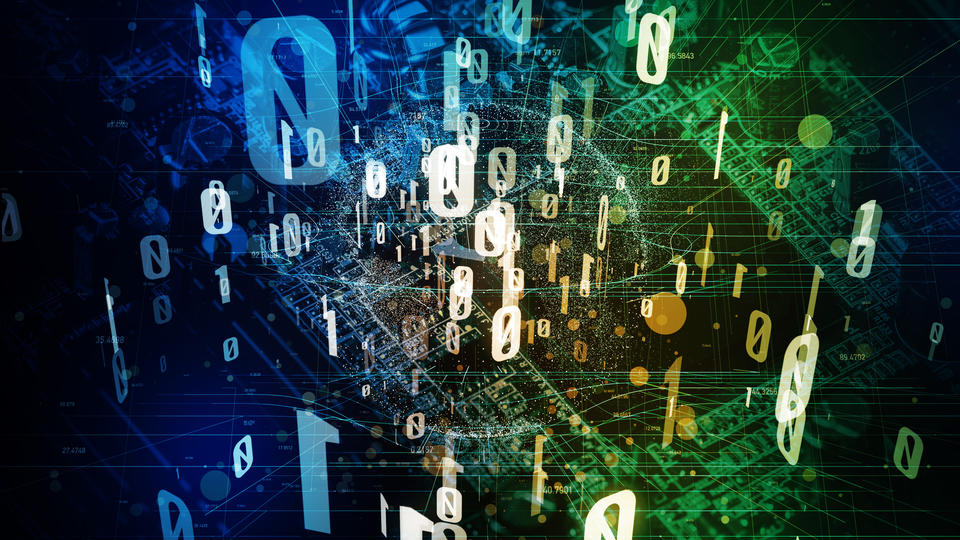In Quantum Sensing, What Beats Beating Noise? Meeting Noise Halfway
Summary
A NIST-led theory paper in Physical Review Letters describes a practical way to make entangled quantum sensors more robust to environmental noise. Instead of trying to correct every possible error in an entangled group of qubits, the team shows that correcting only some errors — an “approximate” or partial error-correction approach — preserves most of the sensing advantage while making the sensor far less fragile. The method is mathematically grounded and invites experimental tests to build quantum sensors that outperform unentangled arrays even in noisy real-world settings.
Key Points
- Entanglement boosts sensitivity: an entangled group of qubits can far out-perform the same number of unentangled qubits for tiny signal detection.
- Noise is the limiting factor: environmental disturbances (magnetic fields, vibrations, temperature) corrupt entangled sensors and can erase their advantage.
- Partial error correction works: designing entangled sensors to correct only some errors makes them more noise tolerant while retaining improved sensitivity.
- Trade-off is beneficial: the sensors lose a small amount of ideal sensitivity but still beat unentangled configurations under realistic noise.
- Theoretical rigour: the paper places prior experimental observations on firmer mathematical footing and identifies families of quantum error-correcting codes suited to metrology.
- Next step is experimental validation: the authors invite laboratory tests to implement these covariant error-correcting codes in real sensors.
Content summary
Quantum sensors exploit superposition and entanglement to detect minute environmental changes — useful for navigation, medical signals and geological surveys. While more entangled qubits usually mean exponentially better sensitivity, entanglement also increases vulnerability to noise. The NIST team analysed quantum error-correcting codes and found a class that, when used to prepare entangled sensors, protects against the most damaging errors without fully correcting every fault. This approximate correction reduces sensitivity slightly but keeps the entanglement advantage in noisy conditions. The result bridges earlier experimental hints and a stronger theoretical framework, with the authors encouraging experimental follow-up.
Context and relevance
Why this matters: making quantum sensors robust in realistic (noisy) environments is a major bottleneck for deploying quantum-enhanced measurement devices outside pristine labs. The approach targets that bottleneck directly — offering a pathway to practical quantum sensors for health care (e.g. brain signals), navigation, mineral exploration and other fields where tiny signals must be teased out of background noise. It connects quantum information theory (error correction) with metrology, a trend likely to accelerate progress toward field-ready quantum devices.
Why should I read this
Short, punchy take: if you care about actually using quantum sensors outside the lab, this is great news — the team shows you don’t have to be perfect to win. They’ve found a clever middle ground: fix enough errors to keep the edge, don’t try to chase perfection. Saves time, complexity and makes real-world quantum sensing much more plausible. Read it if you want a practical steer on where quantum sensing might actually deliver first.

